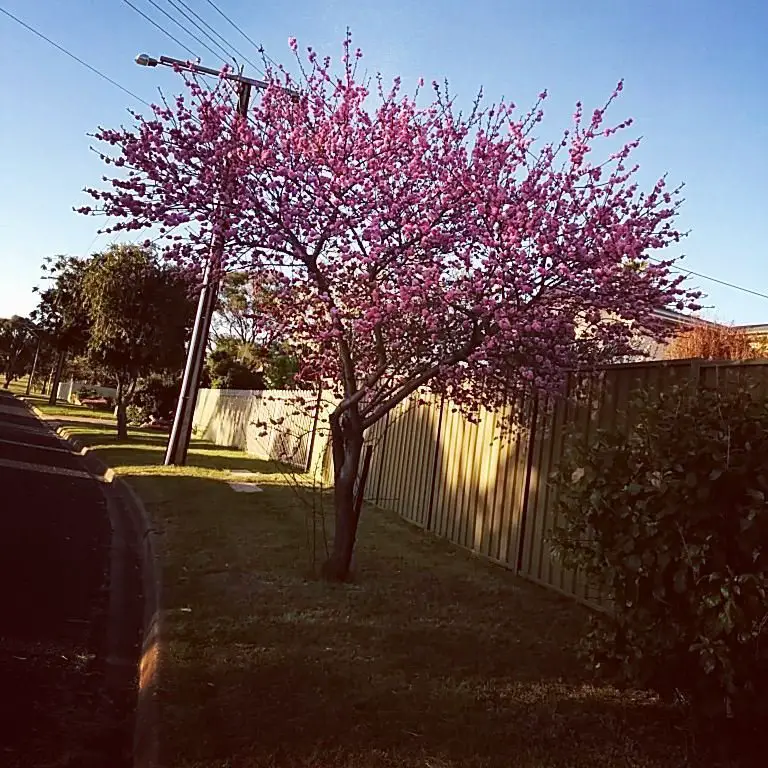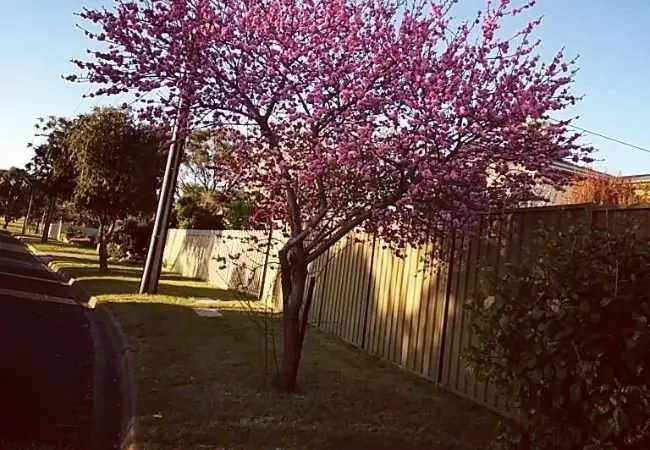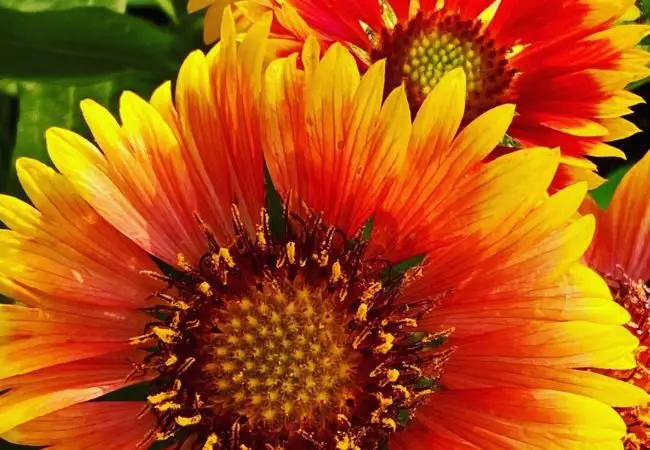Discover how to grow and care for flowering plum trees. Learn expert tips on planting, pruning and maintenance to enjoy stunning spring blossoms and colorful foliage. Perfect for gardeners of all levels.
Flowering plum trees (Prunus species) are ornamental trees known for their beautiful spring blossoms and often colorful foliage. They thrive in full sun, prefer well-draining soil, and require regular pruning. Popular varieties include Prunus cerasifera ‘Thundercloud’ and Prunus x blireana. These trees typically bloom in early spring before their leaves emerge.
As a horticulturist with over two decades of experience in ornamental tree cultivation, I’m excited to share my expertise on flowering plum trees. These stunning trees can transform your landscape with their breathtaking spring displays and year-round appeal.
Here’s an easy-to-read chart for Flowering Plum Trees:
| Category | Information |
|---|---|
| Botanical Name | Prunus cerasifera (commonly) |
| Common Name | Flowering Plum, Ornamental Plum |
| Plant Type | Deciduous Tree |
| Hardiness Zone | USDA Zones 4–9 |
| Sun Exposure | Full Sun |
| Soil Type | Well-drained, loamy soil |
| Watering | Moderate; water regularly, especially in dry periods |
| Growth Habit | Upright, rounded |
| Height/Spread | 15–25 ft tall / 15–20 ft wide |
| Special Features | Showy pink or white spring flowers, attractive purple or green foliage (variety dependent), often grown for ornamental purposes, attracts pollinators |
Understanding Flowering Plum Trees
Flowering plum trees belong to the Prunus genus, which includes cherries, peaches, and almonds. They are prized for their early spring blossoms and often for their attractive foliage, which can range from green to deep purple.
For more information on the Prunus genus, visit the Missouri Botanical Garden’s Plant Finder.
Popular Flowering Plum Varieties

- Prunus cerasifera ‘Thundercloud’ – Purple-leaf plum with pink flowers
- Prunus x blireana – Double pink flowers and purple foliage
- Prunus cerasifera ‘Atropurpurea’ – Dark purple leaves and pale pink flowers
- Prunus x cistena – Dwarf variety with purple foliage
- Prunus mume – Japanese apricot, known for its early blooms and fragrance
Planting Flowering Plum Trees
Timing
The best time to plant flowering plum trees is in late fall or early spring when the tree is dormant.
Location
Choose a spot with:
- Full sun (at least 6 hours of direct sunlight daily)
- Well-draining soil
- Protection from strong winds
- Adequate space for mature size (check specific variety requirements)
Soil Preparation
Prepare the soil by:
- Testing pH (aim for 6.0-7.0)
- Adding organic matter to improve drainage and nutrients
- Ensuring the planting hole is 2-3 times wider than the root ball
Planting Process
- Dig a hole as deep as the root ball and 2-3 times as wide
- Place the tree in the hole, ensuring it’s at the same depth as it was in the container
- Backfill with soil, water thoroughly
- Add a 2-3 inch layer of mulch around the base, keeping it away from the trunk
For detailed planting instructions, check out the Arbor Day Foundation’s tree planting guide.
Caring for Flowering Plum Trees
Watering
- Water deeply and regularly during the first growing season
- Once established, water during dry spells
- Avoid overwatering, which can lead to root rot
Fertilizing
- Apply a balanced, slow-release fertilizer in early spring
- Avoid over-fertilizing, which can promote excessive vegetative growth at the expense of flowers
Pruning
Proper pruning is crucial for flowering plum trees:
- Prune in late winter or early spring before new growth begins
- Remove dead, damaged, or crossing branches
- Thin out crowded areas to improve air circulation
- Shape the tree as desired, maintaining its natural form
For more information on pruning ornamental trees, visit the University of Minnesota Extension’s pruning guide.
Pest and Disease Management
Common issues include:
- Aphids: Use insecticidal soap or neem oil
- Borers: Maintain tree health to prevent infestation
- Black knot: Prune out infected areas
- Leaf spot: Improve air circulation and avoid overhead watering
For more on plum tree diseases, check out Penn State Extension’s fruit tree disease guide.
Landscape Uses
Flowering plum trees are versatile in the landscape:
- As specimen trees in lawns
- In mixed borders for spring interest and foliage color
- As small shade trees in urban gardens
- For spring flower displays in public parks
Environmental Benefits
Flowering plum trees offer several ecological benefits:
- Provide early spring nectar for pollinators
- Offer habitat and food for birds
- Contribute to urban cooling and air purification
Learn more about the benefits of urban trees from the USDA Forest Service.
Flowering plum trees are a beautiful addition to any landscape, offering stunning spring blossoms and often attractive foliage throughout the growing season. With proper planting, care, and maintenance, these ornamental trees can thrive and provide years of enjoyment. Remember to choose a variety suitable for your climate and space, and always practice good horticultural techniques to ensure the health and longevity of your tree.
For more in-depth information on ornamental tree care, visit the International Society of Arboriculture’s website.
For more gardening tips and plant care guides, visit usagardenhub.com.






